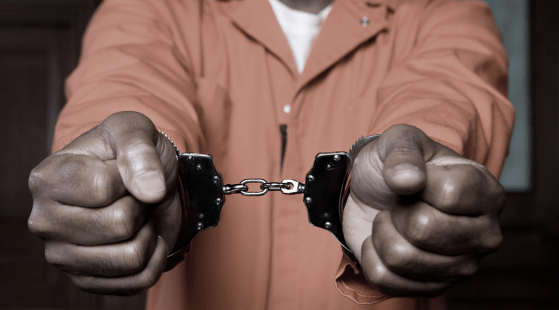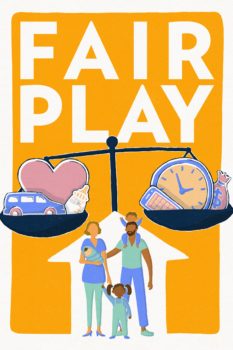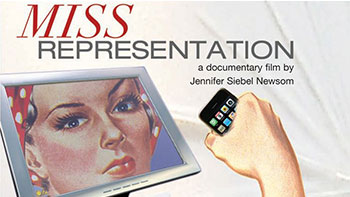We can’t let the media off the hook for this one. Evidenced by the insight of experts in our 2011 documentary Miss Representation, lacking representation in front of and behind the camera has resulted in limited opportunities for women. Similarly, the film and entertainment industry’s representation of racial minorities has had detrimental and oppressive effects on marginalized communities. For Black men specifically, the media’s tendency to produce and regurgitate harmful race and gender stereotypes has had an extremely dangerous impact on their lives—going so far as to increase the possibility Black men will experience police brutality.
By now, it’s no surprise that Hollywood and its decision-makers are far from diverse. While we’ve made slow progress towards on-screen diversity, the people calling the shots are still mostly white and male. With conscious and unconscious bias at play, one of the big and small screen’s most popular genres—scripted crime—has contributed to the injustice we see in the real world.
According to Normalizing Injustice, a report by Color of Change and the USC Annenberg Norman Lear Center, the contrast between the number of white writers versus writers of color on scripted crime series is concerning. While 81% of showrunners and writers are white, only 9 percent of writers across the series analyzed are Black. Though Black people are mostly absent from positions of power in the industry—Black men severely overrepresent the number of criminals depicted on-screen.
The roles afforded to men compared to women, even as background actors, have often been more favorable—with men playing the doctors or guards while women get “party girl” or “receptionist” roles. However, for Black men, that’s not necessarily true. In a study by Vox, Black actors made up at least 60 percent of background characters credited as “thug,” “gangster,” “gang member,” and “gangbanger.” Actor Bear Bellinger opened up about his experiences with casting, saying, “I am a black man constantly having to conform my blackness to what white people, mainly men, on the other side of the [casting] table believe to be true. These men have no ill intent in their ideas about or depictions of blackness; they also have no lived experience. And mine, as the only actual black person in the room, is almost never valued or understood.”
This type of racist and gendered typecasting has real-world ramifications. Images of Black men as aggressive, hypermasculine criminals not only increase police violence but make it easier for society to justify brutality. Unarmed Black Americans are five times more likely than white people to be shot and killed by police—and an analysis of media coverage of Michael Brown’s 2014 killing shows the bias and lack of empathy toward Black men from journalists.
We need structural change. And we can’t forget that the media has long been planting seeds of unconscious bias that are contributing to current injustices.
Take Action! Be cognizant of the media you consume, call out messages in film and television that only reinforce racial and gender discrimination in our society, and check out Color of Change’s recommendations for the industry.




